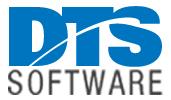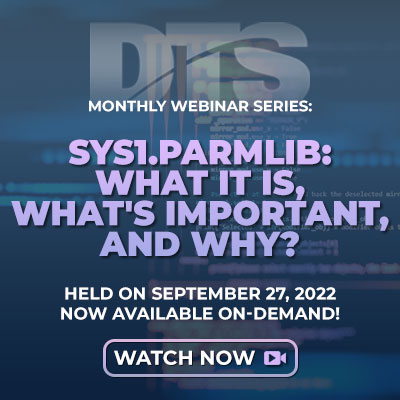Are Some Vendors Gouging the Marketplace With Unheard-of Renewal Increases?
Having just returned home from a busy conference season, it’s apparent that it’s becoming harder to generate revenue from new mainframe software sales. The commercial market sees this, and some vendors’ response is to raise software renewals at alarming rates.
We’ve heard tell of certain vendors raising rates at renewal by as much as 40%.
For those of you caught victim to this practice, DTS Software is here to say we are wholeheartedly against this way of doing business. We know the strain a significant renewal increase puts on your IT budget, and will never jack up our rates after you’ve come to rely on our products for your mission-critical business functions.
DTS has been in the business of mainframe software development for over 30 years, and all our software is still developed in-house by mainframers who have been in the industry for decades.
What’s more, because DTS uses 100% in-house development, our customer support team consists of the people who develop and use the software we sell to our customers every day. When you call DTS support, you get a qualified expert from our core team on the phone 100% of the time.
Because our developers are seasoned pros in the mainframe business, they’ve used (or helped build) the most popular mainframe software tools on the market and have developed a suite of DTS products that can replace software you may be currently using from one of our competitors.
We’ll put our products up against any of our competitors and are confident not only will they do the same thing your current software can do for less, but they also come with the customer support you won’t find anymore at our big-name competitors.
Take a look at the table below to see our current offering of products we’ve developed to replace software from the other vendors on the market.
Solution Replacement Options by Vendor
Broadcom/CA
| CA ALLOCATE DASD SPACE AND PLACEMENT | is replaced by | ACC MONARCH SRS |
| CA COPYCAT | is replaced by | DTSTCOPY (DCC) DTSTCOPY (ZCC) |
BMC
| BMC MAINVIEW SRM STOPX37/II (formerly BMC MainView) |
is replaced by | SRS |
| BMC AMI STORAGE ALLOCATION (formerly BMC MainView SRM) |
is replaced by | ACC MONARCH |
| BMC AMI STORAGE AUTOMATION | is replaced by | SCC MONITOR |
| BMC AMI STORAGE REPORTING | is replaced by | SCC MONITOR |
| BMC FATSCOPY | is replaced by | DTSTCOPY (DCC) DTSTCOPY (ZCC) |
Trident/IBM
| z/OSEM | is replaced by | EASY/Exit |
All of these products install dynamically, without the need for SMP expertise, making installation and maintenance simple and easy. There is no complex “framework” – just a straightforward function. Both CA and BMC products require esoteric expertise in their complex architecture just to be able to do basic installation and maintenance tasks.
We care about making money, but we know that we only succeed when our customers do, which is why we have opted to make our replacement products affordable and easy to use, and with none of the unexpected price hikes you’ll see from larger corporations.
Connect with one of our team members today to talk about our suite of replacement products and see for yourself how easy and pain-free replacement and installation is with DTS.


